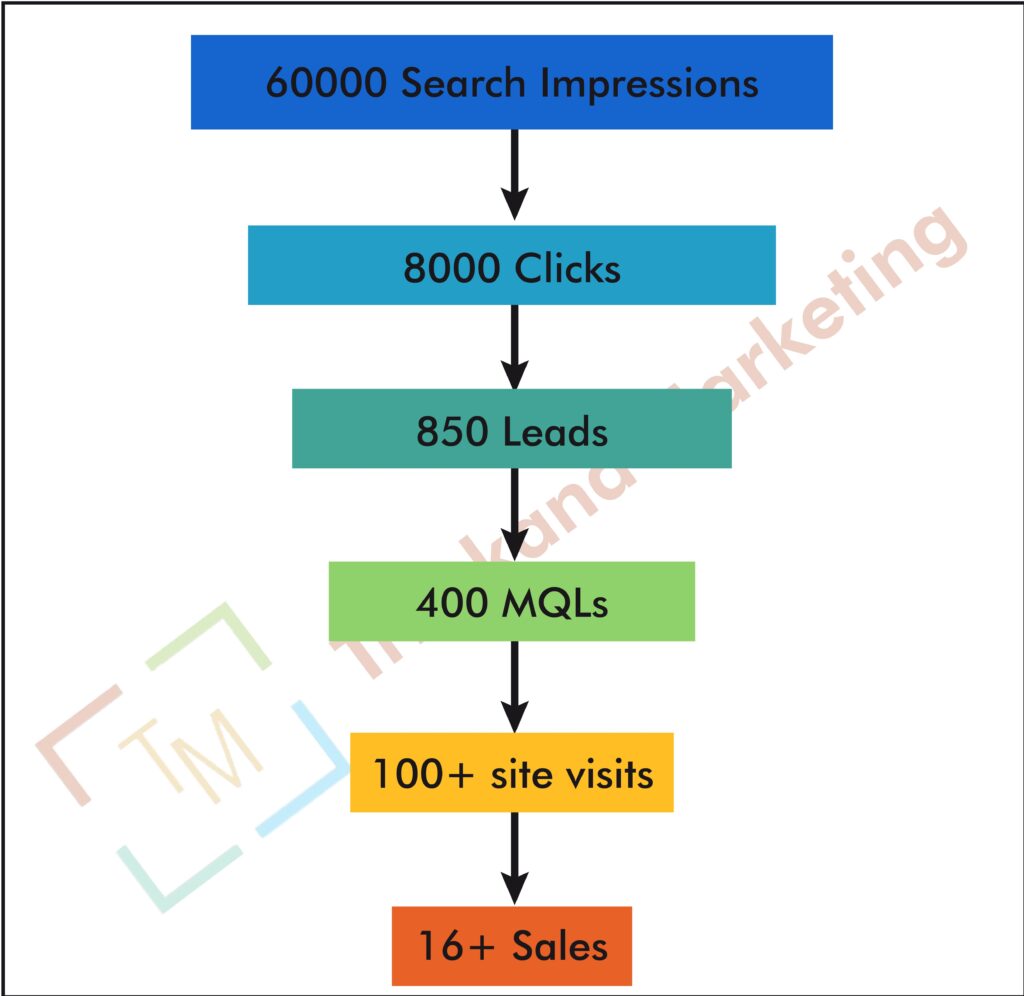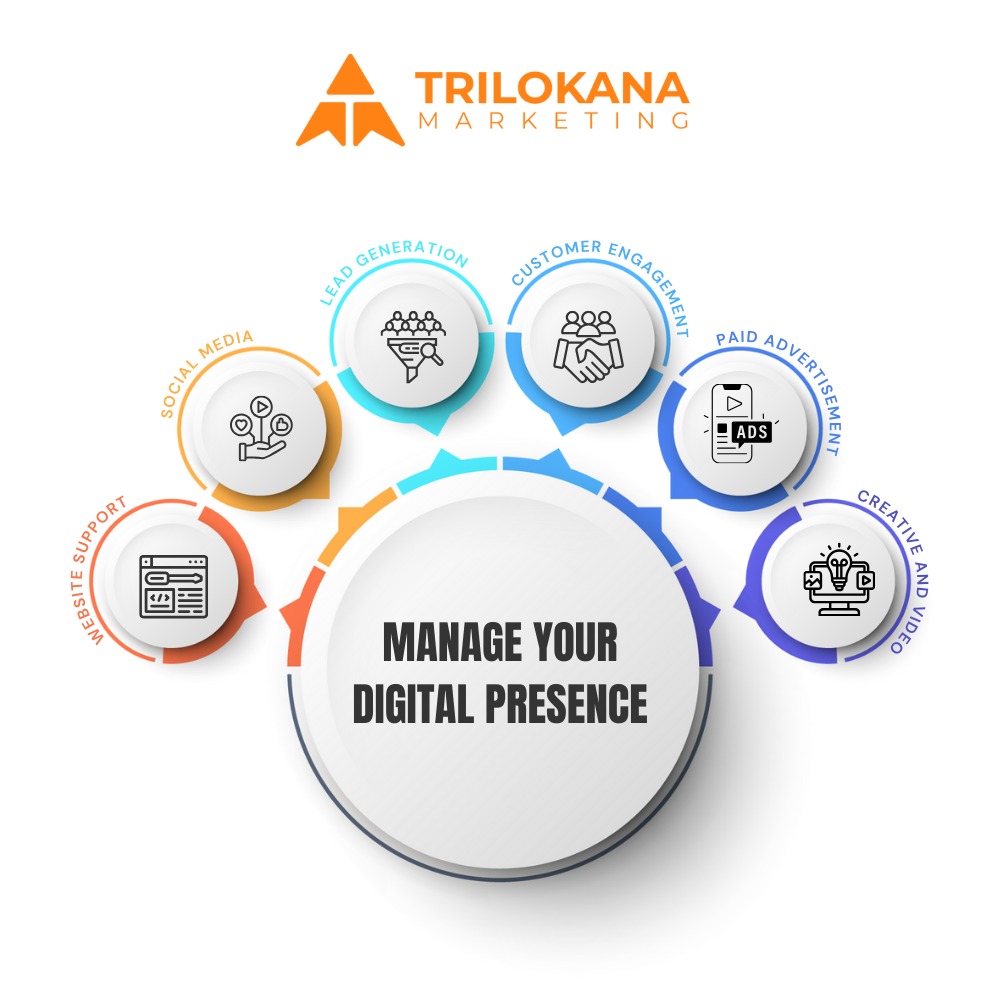The healthcare industry has witnessed rapid digital transformation over the past few years, driven by changing patient expectations, evolving technology, and a growing demand for accessible healthcare services. Digital marketing has become essential in this transformation, helping healthcare providers reach and engage patients more effectively. From telemedicine to personalized healthcare journeys, digital marketing strategies are evolving to meet the dynamic needs of the healthcare sector.
In this blog post, we’ll explore the top 5 digital marketing trends shaping the future of healthcare and how they can help healthcare organizations stay competitive, improve patient experiences, and increase visibility.
Table of Contents
Introduction: The Role of Digital Marketing in Healthcare <a name=”introduction”></a>
As patients increasingly turn to online resources for healthcare information, the importance of digital marketing in healthcare has never been greater. Patients expect convenient access to services, real-time communication, and personalized experiences, which can all be delivered through innovative digital marketing strategies.
Incorporating the latest digital marketing trends allows healthcare providers to build trust, improve patient engagement, and expand their reach. With the healthcare landscape continuing to evolve, keeping pace with these trends is critical for hospitals, clinics, and healthcare practitioners to stay relevant.
Trend 1: Telemedicine and Virtual Healthcare Services <a name=”telemedicine”></a>
Telemedicine: The Future of Patient Care
The COVID-19 pandemic accelerated the adoption of telemedicine, and now, virtual healthcare services have become a staple of modern healthcare delivery. Patients appreciate the convenience of virtual consultations, which eliminate the need for travel and reduce waiting times. Telemedicine is also a lifeline for patients in rural areas, providing them access to specialized care that might not be available locally.
How Digital Marketing Enhances Telemedicine
Healthcare providers can use digital marketing to promote their telemedicine services and educate patients about the benefits. By creating informative content, such as blog posts, explainer videos, and social media campaigns, healthcare organizations can raise awareness and drive more patients to opt for virtual consultations.
Key Strategies:
- Telemedicine landing pages that explain services and make booking appointments easy.
- Targeted email campaigns to inform existing patients about telehealth options.
- SEO-optimized blog posts focusing on the convenience and effectiveness of telemedicine.
Trend 2: The Rise of Voice Search and SEO <a name=”voice-search-seo”></a>
Voice Search: A Game Changer for Healthcare SEO
With the increasing popularity of smart speakers like Amazon Alexa and Google Assistant, voice search is quickly becoming a critical part of SEO strategies. According to research, voice search queries are often longer and more conversational than traditional text searches. In healthcare, this trend is shaping how patients seek medical information.
Patients are now asking questions like, “Where is the nearest urgent care?” or “How do I treat a sore throat?” Healthcare providers must optimize their content to align with the way people ask questions through voice-enabled devices.
How to Optimize for Voice Search
To capitalize on the rise of voice search, healthcare organizations should:
- Focus on long-tail keywords and natural, conversational phrases.
- Provide clear, concise answers to common healthcare questions.
- Ensure that their Google My Business profiles are updated with accurate location and service details, as voice search often pulls data from local listings.
Key Strategies:
- Use structured data markup (schema) to improve the chances of being featured in voice search results.
- Develop FAQ pages on healthcare topics, optimizing them for natural language queries.
- Encourage patient reviews to improve local SEO and increase the likelihood of appearing in voice search results for nearby services.
Trend 3: Personalized Healthcare Marketing <a name=”personalized-marketing”></a>
Creating Personalized Patient Experiences
Personalization has become a cornerstone of successful digital marketing strategies, and it’s no different in healthcare. Today’s patients expect healthcare providers to offer customized experiences that cater to their individual needs. Whether through targeted ads, personalized email campaigns, or tailored website content, healthcare organizations can deliver personalized marketing at every stage of the patient journey.
The Role of Data in Personalization
Healthcare organizations can leverage patient data to create personalized experiences, from appointment reminders to wellness tips based on a patient’s medical history. Personalization helps build trust and improves patient engagement, leading to better health outcomes.
Key Strategies:
- Segment your patient audience based on factors like age, location, and medical history to deliver targeted email marketing campaigns.
- Implement automated appointment reminders via SMS or email, with personalized health tips or care recommendations.
- Use dynamic website content that adapts to patient behavior, such as showing relevant services based on the patient’s previous interactions with the site.
Trend 4: The Power of Video Marketing <a name=”video-marketing”></a>
Video as a Leading Healthcare Content Medium
Video marketing is one of the most engaging forms of content, and its popularity is only increasing. In the healthcare industry, video can be used to explain complex medical topics in a digestible format, offer patient testimonials, or provide virtual tours of facilities.
Patients are more likely to trust a healthcare provider after seeing their facilities or watching informative videos about treatments or wellness tips. YouTube, Facebook, and Instagram are excellent platforms to leverage video marketing for healthcare.
Types of Video Content for Healthcare Marketing
- Educational Videos: Explain common health conditions, treatments, or preventive measures.
- Patient Testimonials: Share success stories that humanize the healthcare experience and build trust.
- Virtual Tours: Give patients a behind-the-scenes look at your hospital or clinic to alleviate anxiety before visits.
Key Strategies:
- Create short explainer videos on trending health topics and post them on social media platforms like Facebook and Instagram.
- Use live video (Facebook Live or Instagram Live) for Q&A sessions with healthcare professionals to engage with your audience in real-time.
- Share doctor interviews or day-in-the-life videos to introduce your healthcare team and build a personal connection with patients.
Trend 5: AI-Driven Chatbots and Patient Communication <a name=”ai-chatbots”></a>
Enhancing Patient Communication with AI
Artificial intelligence (AI) is revolutionizing patient communication through the use of chatbots and virtual assistants. These AI-powered tools provide patients with instant responses to frequently asked questions, help book appointments, and guide them through common medical processes.
Chatbots can also be integrated into healthcare websites to assist patients with basic queries 24/7, improving patient satisfaction and reducing the load on administrative staff.
Benefits of AI Chatbots in Healthcare
- 24/7 Availability: Chatbots provide real-time assistance, answering patient inquiries outside of regular office hours.
- Appointment Scheduling: Patients can book appointments through chatbots, which streamlines the scheduling process.
- Symptom Checking: Some advanced chatbots can assist patients in self-diagnosing based on their symptoms before recommending a consultation with a healthcare professional.
Key Strategies:
- Implement a chatbot on your website to handle basic queries and appointment bookings.
- Use AI tools to offer personalized healthcare recommendations or reminders based on patient interactions.
- Ensure that your chatbot is HIPAA-compliant to protect patient privacy and maintain trust.
Embracing Digital Innovation for Future Growth
The healthcare industry is undergoing a profound digital transformation, and digital marketing plays a critical role in shaping its future. By staying ahead of the latest trends—such as telemedicine, voice search optimization, personalized marketing, video content, and AI-driven chatbots—healthcare providers can improve patient engagement, streamline services, and establish trust with their audience.
To remain competitive in the healthcare space, organizations must continuously adapt and embrace digital marketing innovations. By integrating these trends into your strategy, you can build stronger relationships with patients, improve patient satisfaction, and ensure that your healthcare services are accessible in an increasingly digital world.



